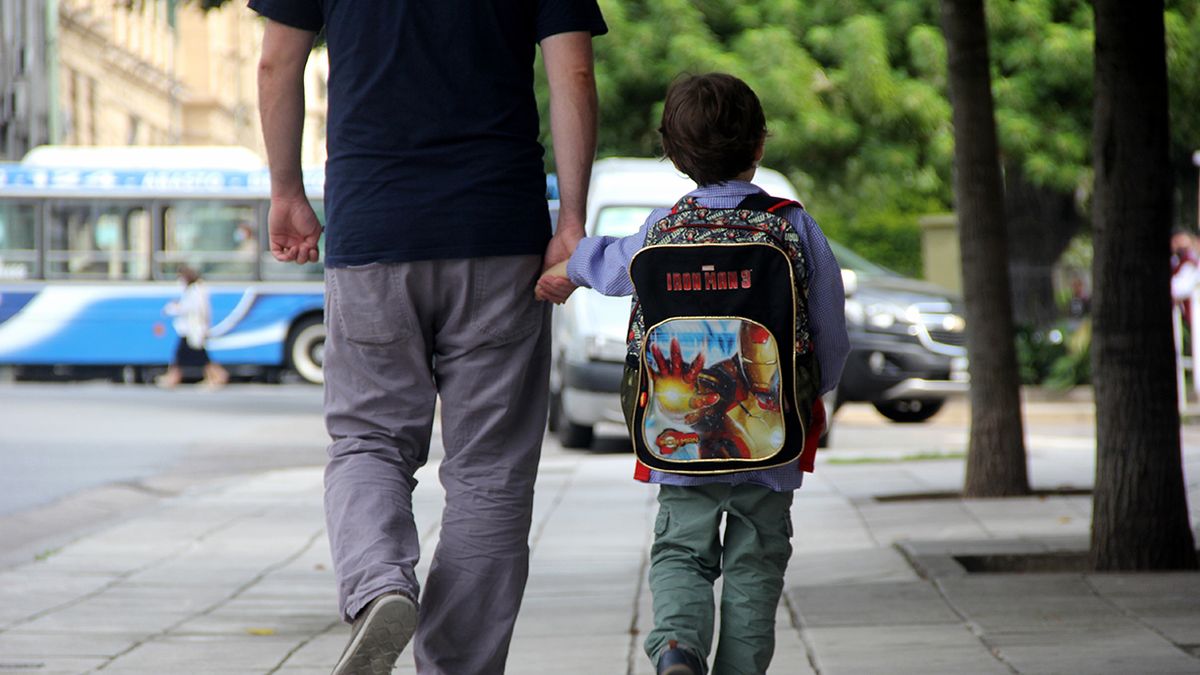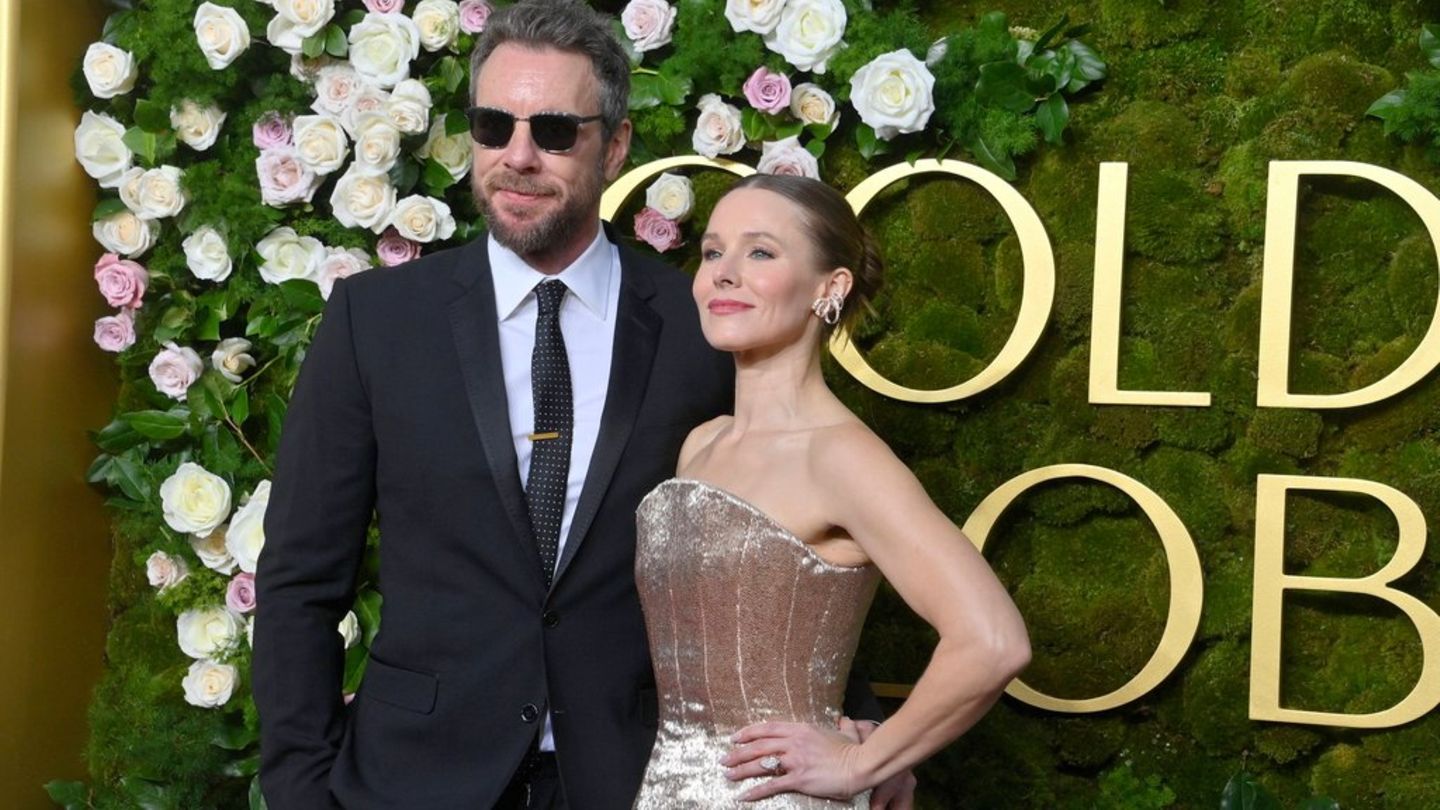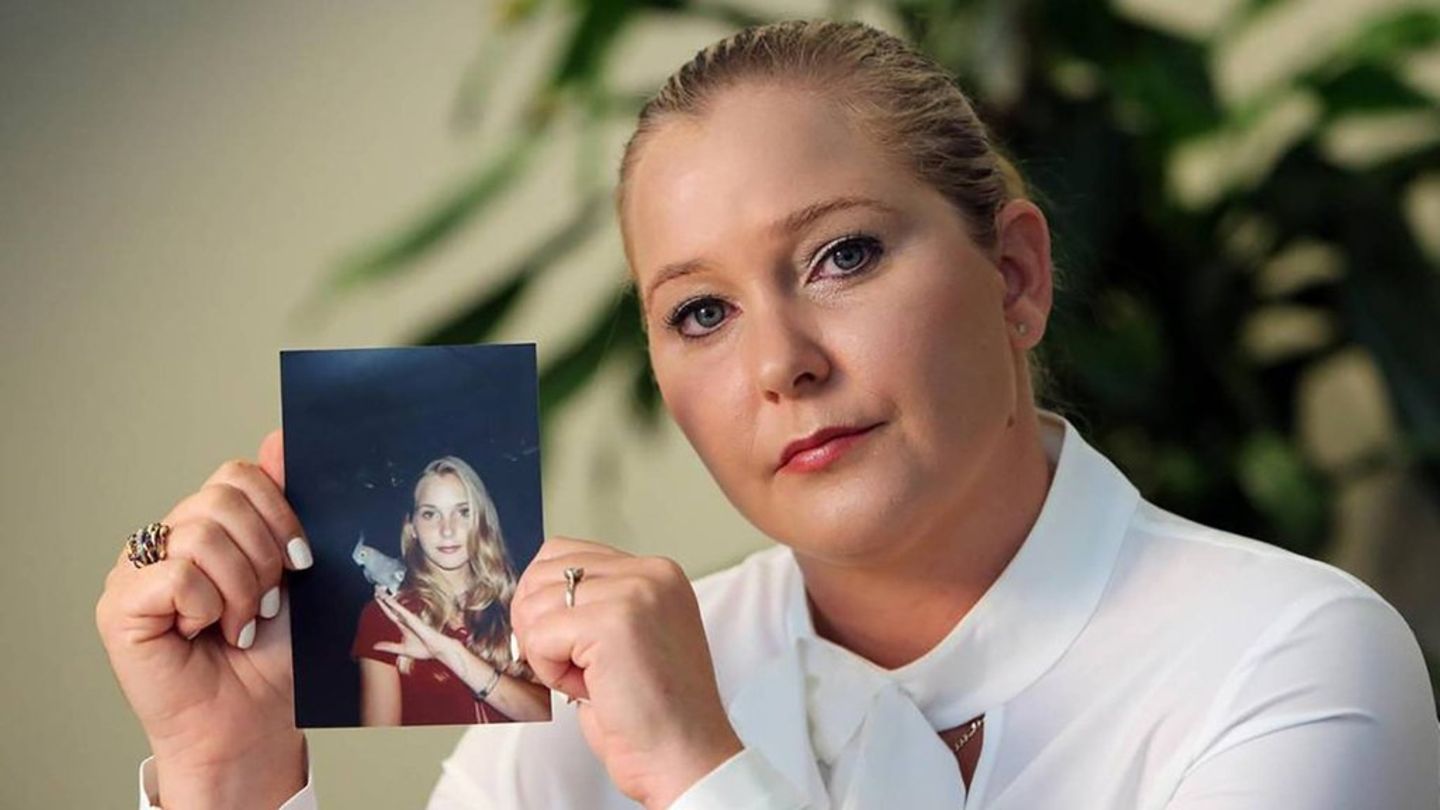In CABA schools, prices would vary as follows: kindergarten and primary school would go from paying a fee of $13,500 to $63,000.
As for secondary school, the price could rise from $15,000 to $82,000 while those who opt for a technical secondary school would go from $17,000 to $93,000.
The The province of Buenos Aires offers average prices that are somewhat more pocket-friendly: for kindergarten and primary school, private school fees would amount to $10,400 to $47,000.
For the middle level, the secondary schools would range between $11,400 and $61,000, while the technical specialty could be worth up to $69000.
Subsidies in schools: how much the state allocates for each student
For every 100 pesos that the State invests in a state school student, allocates $55 pesos to a student in a private subsidized school, according to 2021 data (the latest available). In this management sector, spending per student increased 10% compared to 2018 (when 50 pesos were invested for every 100 destined for students in state schools), possibly due to a drop in enrollment in subsidized private schools and migration to state sector.
According to the report “Subsidies to private education: For what and for whom?”, from the Observatory of Argentines for Educationthe mechanism of subsidies – transfers from the provinces to private schools – means that The State invests more in the poorest students. While state-run schools receive students from lower socioeconomic backgrounds, private schools with subsidy receive, for the most part, students with lower socioeconomic backgrounds than privately run schools without subsidy.
In high school, In decile 1 (the poorest 10%), almost all students (95.1%) go to state-run schools, and only 4.6% to subsidized private schools. At the other end, in the 10th decile (the richest 10%), only 7% go to state-run schools74.3% to subsidized private schools and the remaining 18.7% to non-subsidized private schools.
PRIVATE SCHOOLS
NA
In terms of financing, these data imply that For the poorest decile of students, 98% of the cost of education is financed by the Statewhile for the richest decile the figure drops to 48% (almost half of what was invested in a student from decile 1), according to the document prepared by Mauro Moschetti (Autonomous University of Barcelona), Martín Nistal and Leyre Sáenz Guillén ( Observatory of Argentines for Education).
At the national level, State-run schools bring together 73% of students (from room 3 to the end of secondary school), while the 22% of students go to privately run schools with subsidies, and 5% to private schools without subsidy. The three jurisdictions with the highest proportion of students in the subsidized private sector are CABA (39%), Córdoba (29%) and Buenos Aires (26%). At the other extreme are Jujuy and Chubut (both with 9%).
Schools increase in December: how much is it in CABA and PBA
Private schools in the City of Buenos Aires and the Province of Buenos Aires will have increases of 22.32% and 11% respectively.
Source: Ambito




